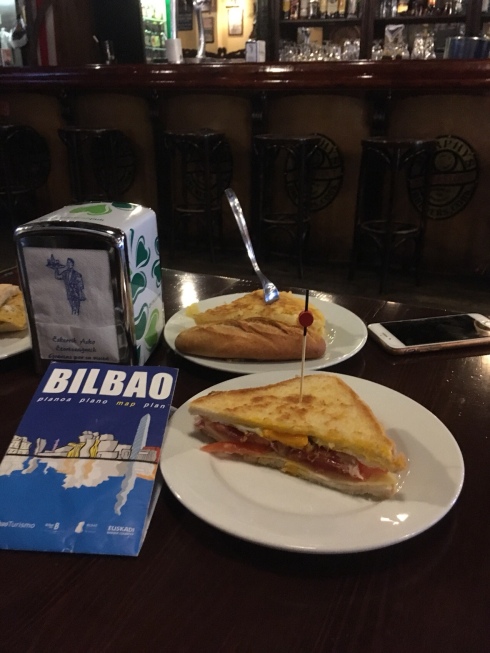
BILBAO
After a straightforward journey – train to Bristol and bus transfer to the airport, we arrived in Bilbao,10 minutes early.
It felt good to be leaving “RIP-Off Little Britain” behind and bask in 21*.
Airport bus to Plaza Moyua.
Having collected keys from the Apartment Agency, we were taken there by a helpful employee;our balcony overlooked the river and the Paseo Arenal, which years ago had been part of the docklands.

What was most noticeable, were the hills and mountains that encircle the city. Skyscrapers adjacent to meadows;also, the tranquility of such a large metropolis , fourth biggest in Spain. The plan was to enjoy a drink, some pinxtos and later, a meal.
We were very impressed with enormous turn out for a walk to mark International Womens’ Day, with participants of all ages and both sexes, sporting purple ribbons – apparently 6 million women staged a strike across Spain.This finished with a rally at the Ayuniamento.
The drink was enjoyed in the Cathedral square – Santiago’s church and a sign to remind you that it sits on the Camino Del Norte.


We were to encounter more signage, later in the week.
Dinner was found in LA VINA DEL ENSANCHE and we enjoyed the atmosphere and the best Patatas Bravas ever.
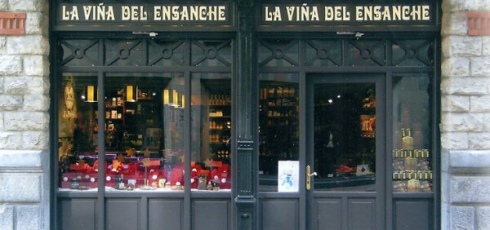
Friday, after a late start, saw us walk across the city to the Maritime Museum which, although it was partly closed for renovation, gave an insight into the city’s shipbuilding and sea-faring past.
A tragic image of females working on the docks, not so long ago, captured on a container.

Since the 80s, and especially post the terrible floods of ‘83, the city fathers demolished much of the dockyards and obsolete industries, moving them downstream, nearer the estuary; the beginnings of re- fashioning the city’s image.
Three photos alongside each other captured this transformation, which was later epitomised by the Guggenheim Museum.
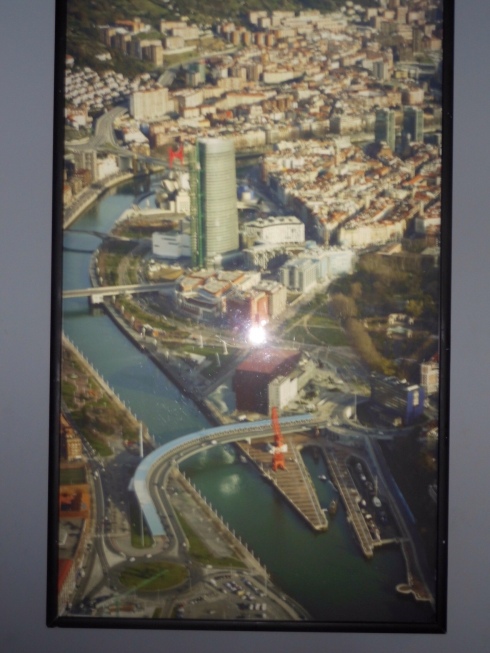

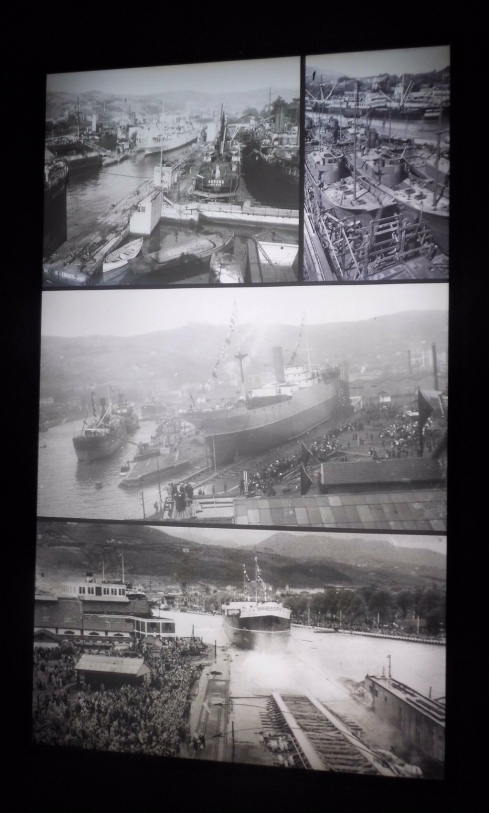
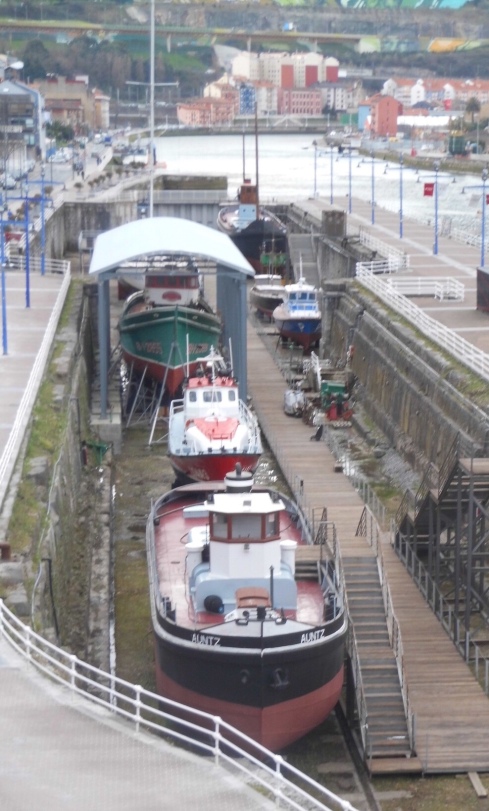

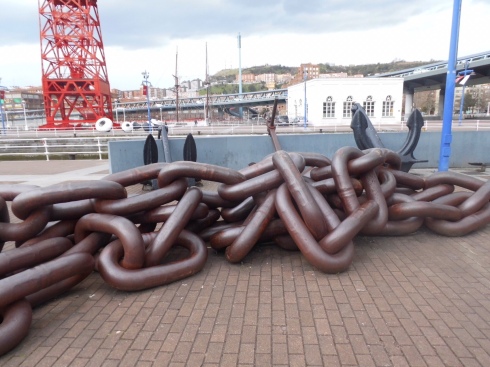
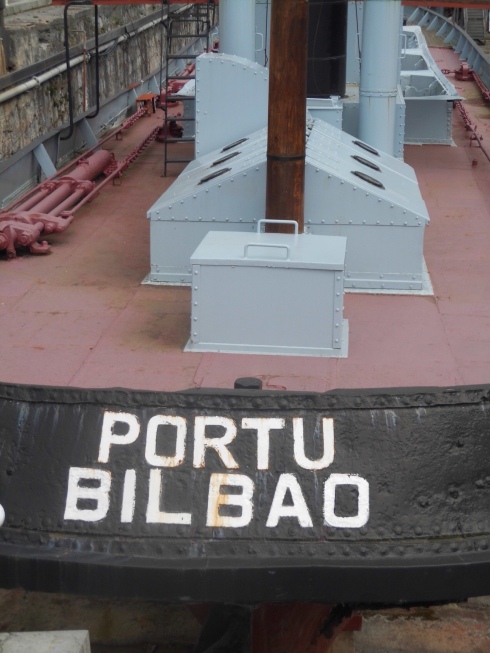
Taking a walk across the Park, we then entered the Museum of Fine Arts, which featured collections by Goya and Eduardo Arroyo.

As we walked about,we were struck by the number of fine buildings, not all civic and loved the street signs, found, helpfully, on every corner.
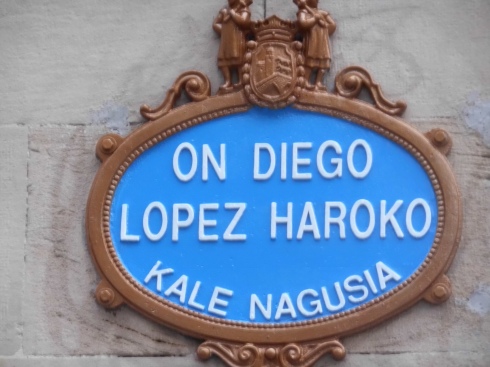
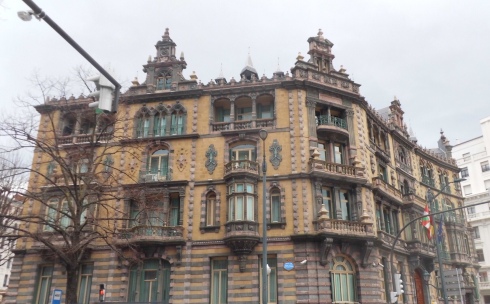

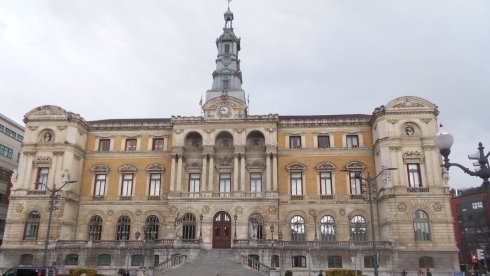
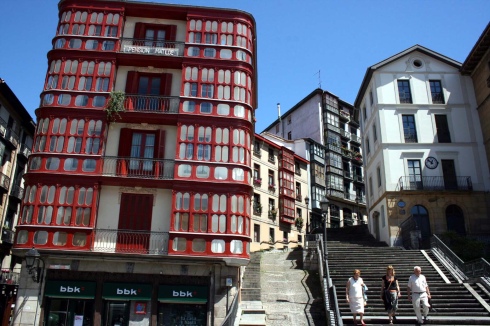
Bridges feature greatly across the River Nervion.


We enjoyed a fine meal in the Old Town, after drinks in the Archeological Museum square, with blossoms to enjoy.


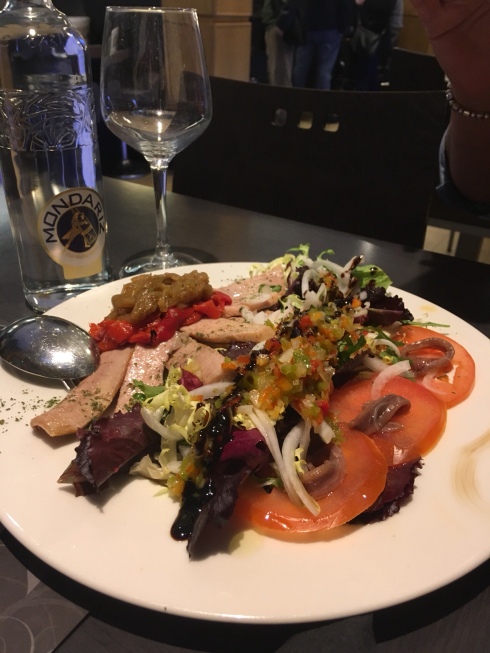
Saturday, we were already booked into the Guggenheim, for 10 am, when it opened. An enjoyable 10 minute walk alongside the river,impressed by the rowers, then crossing on the Zubiziri Bridge.
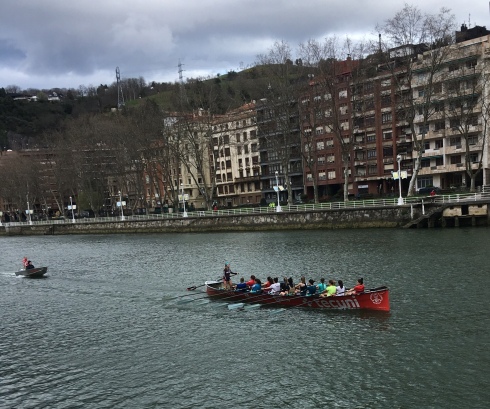
We encountered the Spider,The Mist effect, deliberately produced through a 1000 pipes ,the Tulips of and course the building itself.

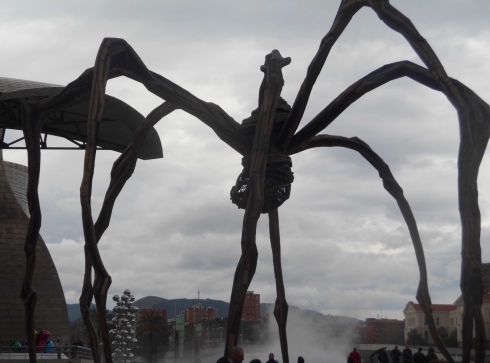
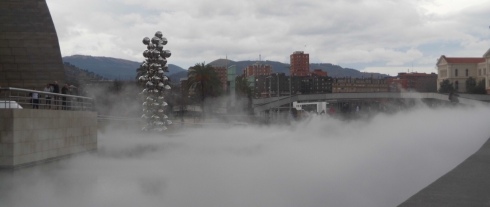

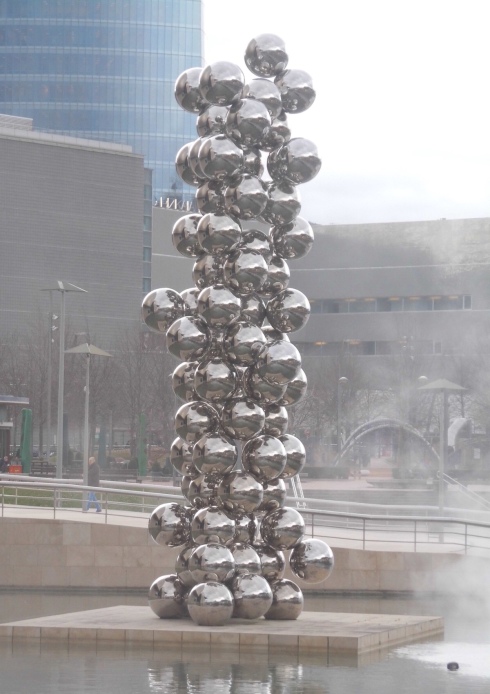

I had read that some people found the collections inside this breathtaking structure, less than accessible.
I did find it difficult,at times, to comprehend some of The explanations, but I was still fascinated by Richard Serra’s
” The Matter of Time”
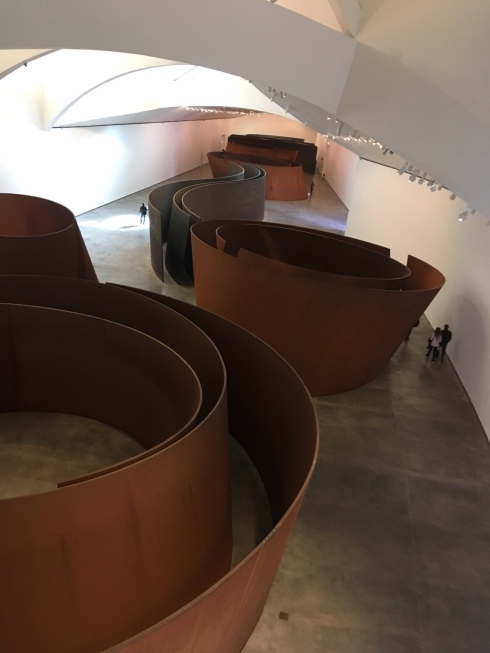
And, the overall emphasis given to the variety of works of art and the imaginative way they were installed, made the biggest impression on me.
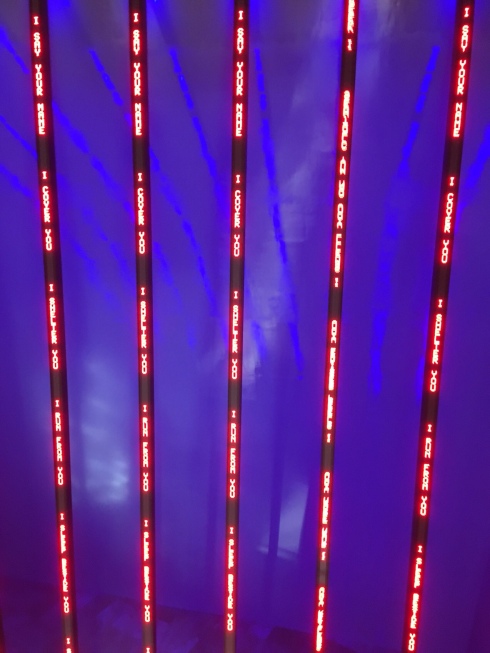

Anselm Keifer was a new name, to me; bought a print of his “Sunflowers”- Van Gogh, it ain’t.
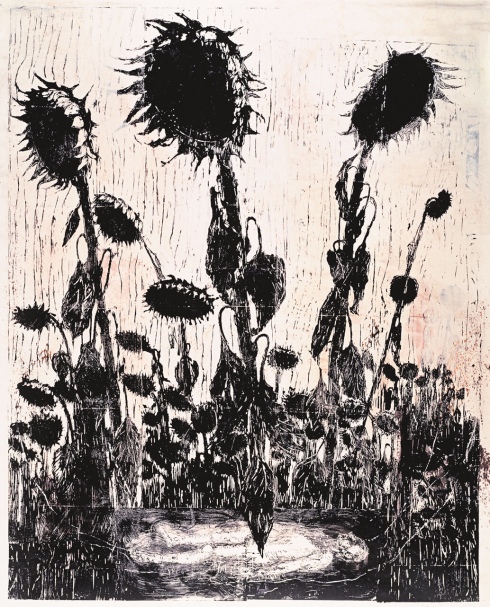
The only collection I found disappointing, was on the third floor, by Henri Michaux.
I found its monotony wearisome.
Having taken a rejuvenating coffee in the Museum bar, it was time to go up and admire the “Puppy”.
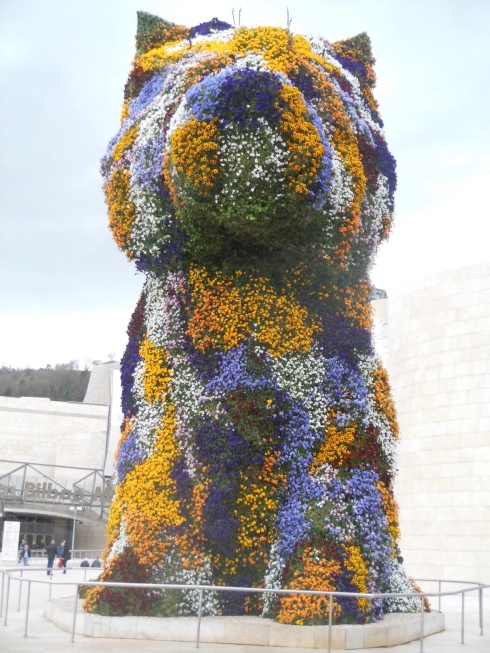
We took a break from cultural things to have lunch in Molly Malones’ bar, whist watching Man Utd v Liverpool ; bad result for us…..
I had picked up a leaflet, previously, in the Maritime Museum, describing the Bizkaia Bridge as a “ Must See”, when visiting Bilbao. We took the Metro towards The Estuary, mainly underground,
( € 3.60 return – Real value,public transport).
We approached thisWorld Heritage Site with some trepidation- were we going to walk across that?


We were not disappointed, as we took the lift up to the walkway, spanning the river – viewpoints and helpful information boards – then after descending, we crossed to Portugalete, on the “ Gondola”.
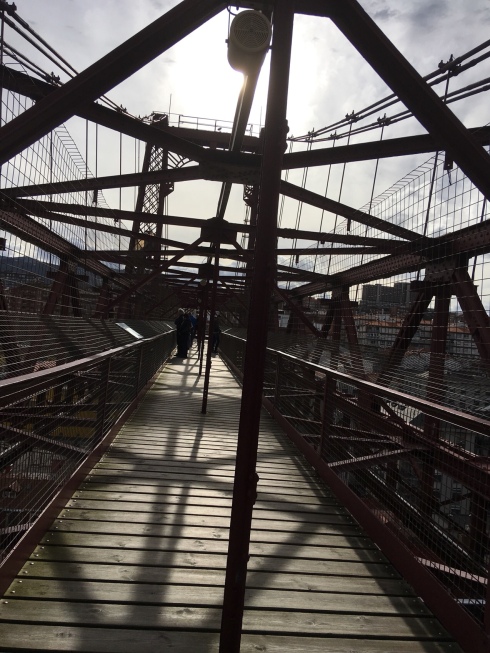

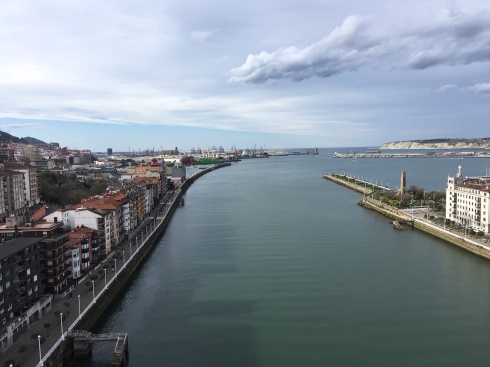


Industrial history always fascinates me and this was a highlight.
Camino Del Norte signs in Portugalete and a lift up the hill – would delight every weary Pilgrim….and us!


Sunday morning and we walked along the river, past the flowers market, to our penultimate activity.
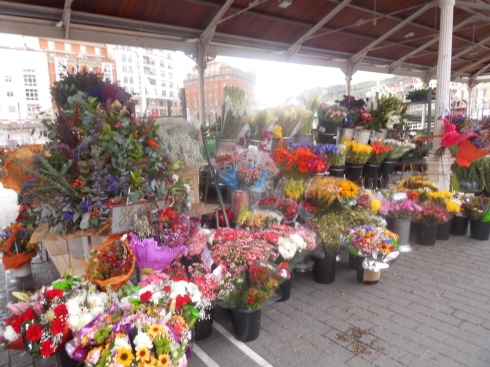
The Artxanda Funicular- it is one of the must-do activities in the wonderful city of Bilbao. This classic cable car takes you up Mount Artxanda for breathtaking viewpoints overlooking the city. It was really windy up there….

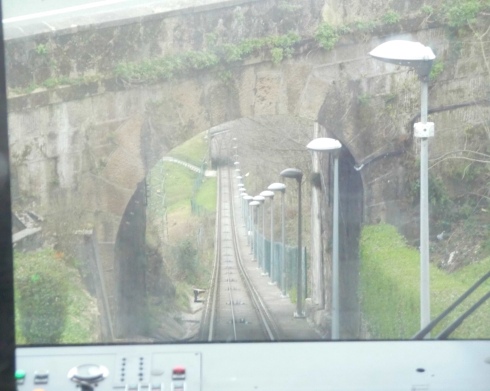


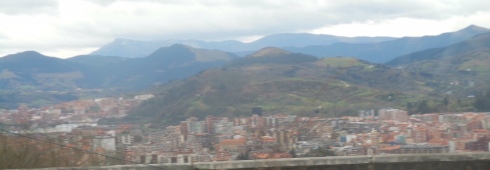
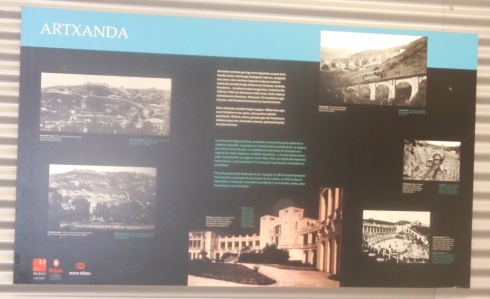
There have been some difficult periods during the 100-year+ history of the funicular (1915-2016); it has been forced to close on multiple occasions. It was first damaged by bombings during the Spanish Civil War. In 1978, there was an accident in which a wagon fell down, interrupting the funicular’s services until it was fully renovated in 1983. Then, the same year, Bilbao was hit by terrible floods, which also affected the cable car.
After descending,we walked back to The Casco Viejo, to the Cathedral and took the audio guide; this church is dedicated to St James and the Camino Del Norte passes by.
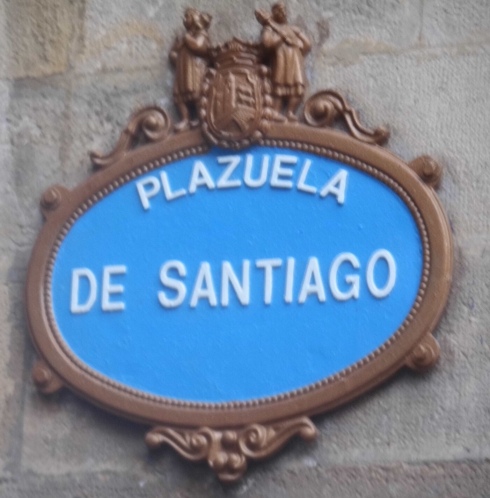



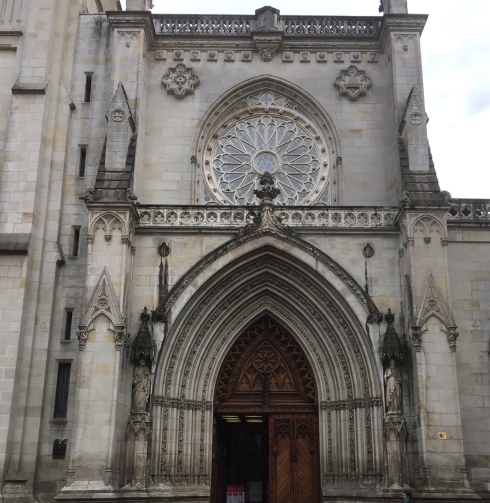
This was to be the last visit on this city break; time to make for the airport bus and home.
Wore and broke in my new Hoka Trailshoes – Hannah said we walked about 35 miles during this break – hope to use them on next Camino.
This final section, is based on the book, featured within it.
Much is made of the so-called ‘Bilbao effect’, the idea that attracting a world-class cultural institution – in Bilbao’s case, a branch of New York’s Guggenheim art museum – will put your city on the map, and in turn attract more investment, brands, tourism and cultural energy. This was the first time, however, that I’d heard someone say they wanted to copy Bilbao’s building exactly, swapping metal sheet for metal sheet.
So, of course, was Bilbao 18 years ago when it rose to fame almost overnight. The fourth-largest city in Spain had lost its former glory as a manufacturing centre: its factories shuttered, its port decrepit. But after Spain joined the EU in 1986, Basque Country authorities embarked on an ambitious redevelopment programme for their biggest city.
They drafted in expensive architects to design an airport (Santiago Calatrava), a metro system (Norman Foster), and a footbridge (Calatrava again), and in 1991 landed their biggest fish – the Solomon R Guggenheim Foundation, which decided to bring a new branch of the legendary Guggenheim Museum to the city, and hired star California
architect Frank Gehry to build it.
The building was an instant hit. Critics agreed Gehry’s deconstructed meringue of sweeping metal, which opened in 1997, was a work of “mercurial brilliance”. The collection inside, featuring art by Willem De Kooning, Mark Rothko, Anselm Kiefer and Richard Serra, was world-class. The construction even came in on budget, at $89m.
What’s more, Bilbao now had a landmark. Visitor spending in the city jumped, recouping the building cost within three years. Five years after construction, Bilbao estimated that its economic impact on the local economy was worth €168m, and poured an additional €27m into Basque government tax coffers – the equivalent of adding 4,415 jobs. More than one million people annually now visit the museum, which became the centrepiece of the Bilbao Art District: a cluster composed of the maritime museum, the fine arts museum and the Sala Rekalde art centre.
Basque Brilliance !
Fully recommend a visit here – four days would be ideal – then head out to enjoy the magnificent coastline and beaches of the Basque Country and nearby Asturias. Not to forget the Picos de Europa.
Did you know that Bilbao is the fourth largest city in Spain, after Madrid, Barcelona, and Valencia?
Oh to be back in Spain, now that Spring is not here…
